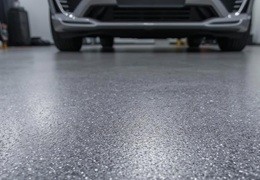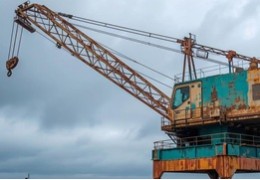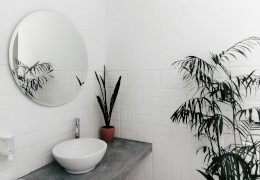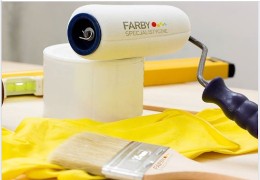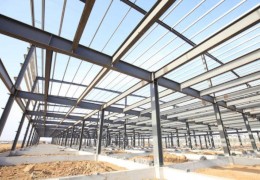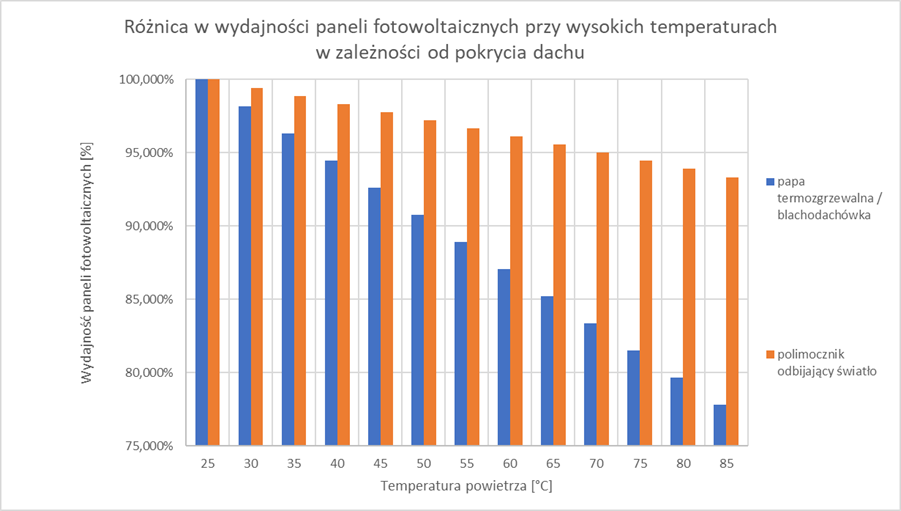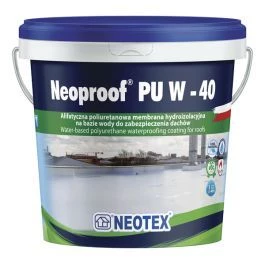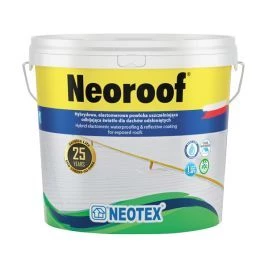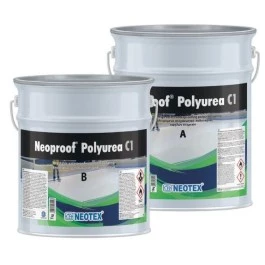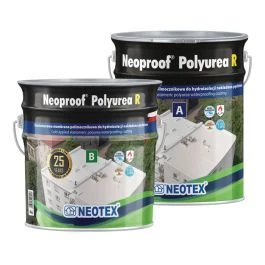Painting metal structures, roofs, and steel elements in winter raises many questions. Investors...
- News (3)
- Roof waterproofing (19)
- Waterproofing of balconies and terraces (7)
- Resin floors (41)
- Anti-corrosion coatings and paints (15)
- Pool and tanks (8) waterproofing
- Resins, paints and coatings in your home or apartment (23)
- Waterproofing coatings and resins in industry (14)
- Healthcare and food industry (6)
- Housing cooperatives and communities (13)
- Property managers and administrators (17)
- Construction contractors and professionals (17)
- Case and case studies (4)




